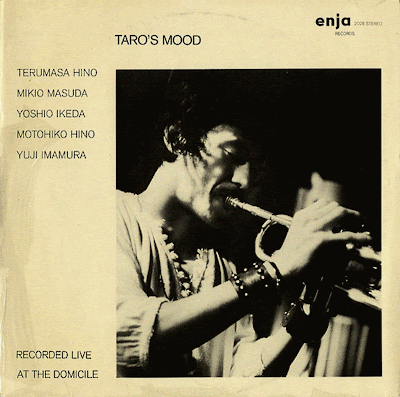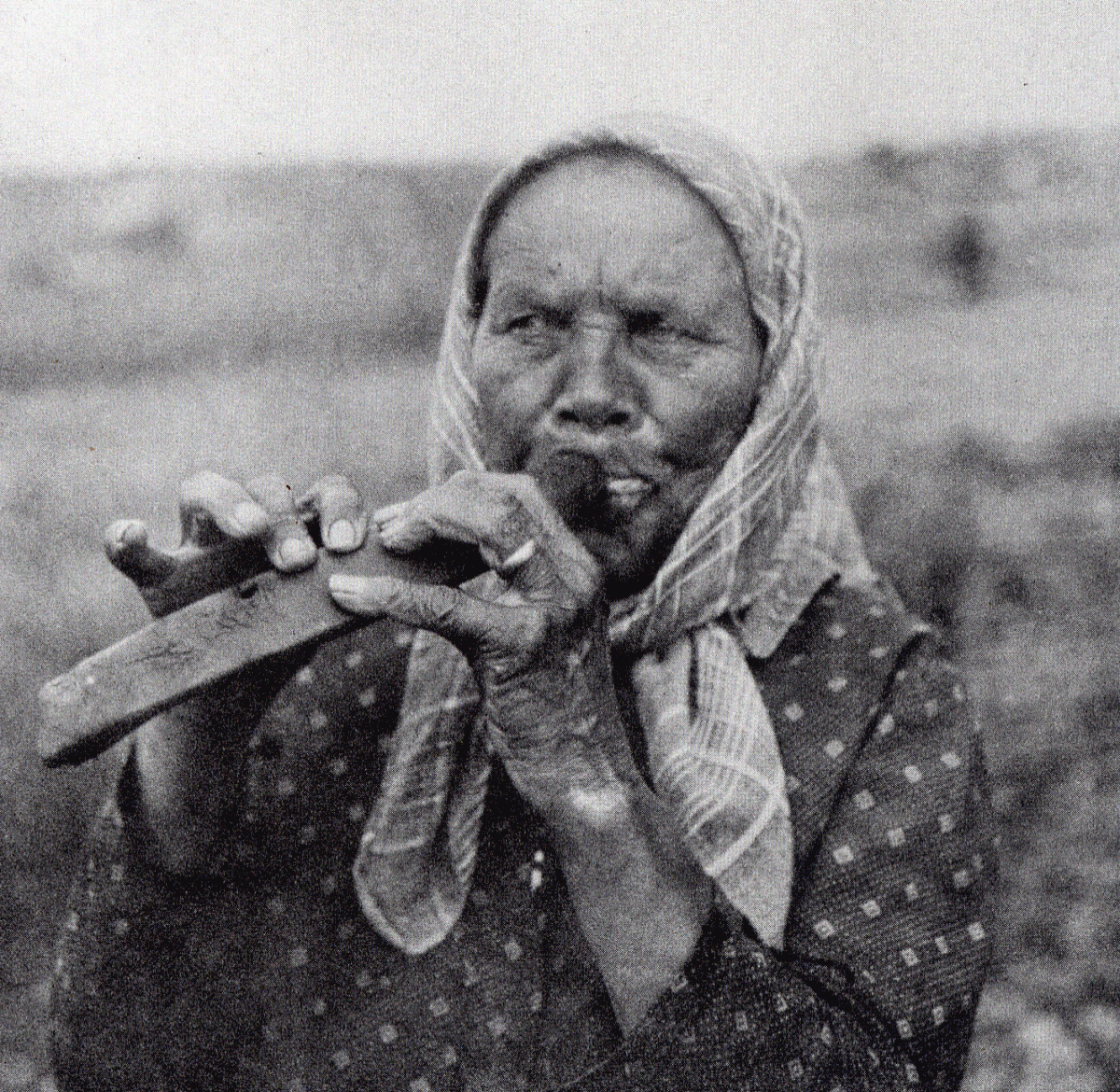Label: Atavistic – UMS/ALP234CD
Series: Unheard Music Series –
Format: CD, Album, Reissue; Country: US - Released: 2004
Style: Free Jazz, Free Improvisation
Recorded on September 6, 1970 in the auditorium of Stedelijk Museum, Amsterdam
Design [Cover] – Fred R. Willemse
Engineer – Alwin Mulder
Photography By – Andries L. Hazevoet
Producer – Kees Hazevoet, Tony Schreuder
Reissue Producer, Liner Notes – John Corbett
It's no surprise that most free jazz fans haven't heard Pleasure. The 1970 debut from pianist/clarinetist Kees Hazevoet and his quartet was originally released in the Netherlands as a tiny edition of 250 copies replete with silk-screened covers. It may have been the first offering from Hazevoet under his own name, but by the time of Pleasure's release he was already deeply entrenched in the European free improvisation scene. On Pleasure he's joined by two fellow countrymen: alto saxophonist Kris Wanders and bassist Arjen Gorter, both of whom had been playing with Hazevoet as part of his working group. Joining them here is legendary South African drummer Louis Moholo, best known for his work with fellow South African ex-pat Chris McGregor and the Brotherhood of Breath. The album starts with "Moving Lady," with its humble bass intro soon joined by clarinet and alto for a melancholy melody that is quickly swept away by Moholo's stuttering toms and crashing cymbals. "What Happens" is a more tentative dialog that finds its foundation in Hazevoet's enigmatic piano riffs -- tiny patterns that swirl around the other players before fading away, only to return with heavy chord clusters. It's a brooding style that serves the quartet well, and while there are remarkable solos here, it's the group interaction that makes Pleasure stand out. "All There," the 20-minute album closer, is centered on the spiraling interplay between Hazevoet on piano and Wanders on sax. Toward the end of the piece, Hazevoet switches to clarinet for a frantic mantra that drives Wanders' alto to higher heights before easing the proceedings back to a reverent earthbound finish. This is the second Hazevoet date to be reissued by Atavistic (the first was the excellent Unlawful Noise by Haazz & Company) and a third, Calling Down the Flevo Spirit with Han Bennink, is already planned. Hazevoet may not have the name recognition of his Dutch peers, largely due to his retirement from music just as the Netherlands scene was getting some of its due, but Pleasure's reappearance after such a lengthy stay in obscurity proves that you can't keep a good record down. Here's to more albums like Pleasure and players like Kees Hazevoet getting the attention they deserve.
_ Review by WADE KERGAN
Links in Comments!















































































